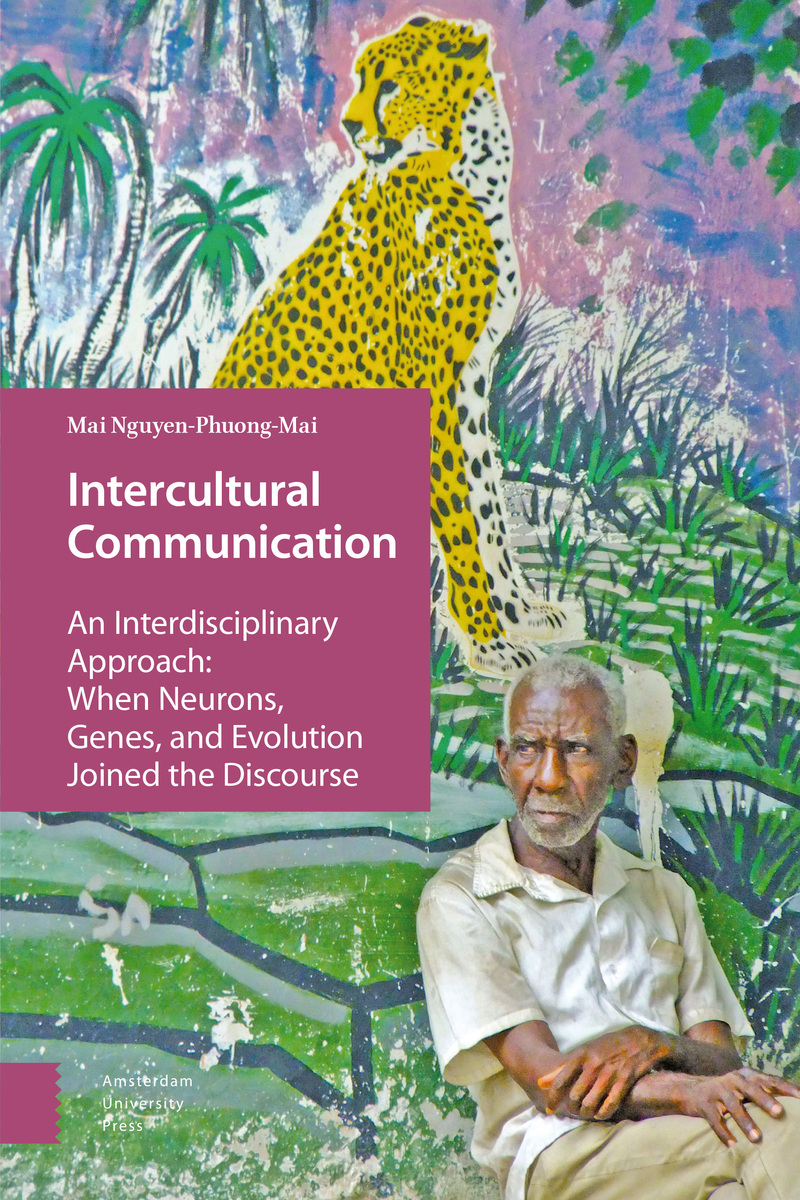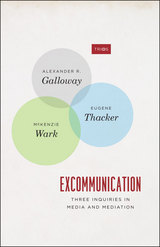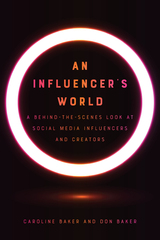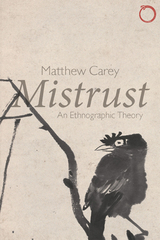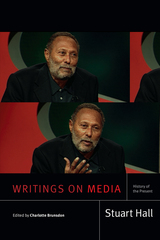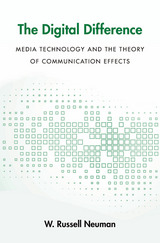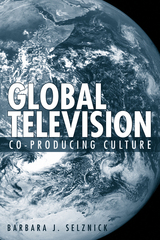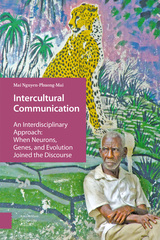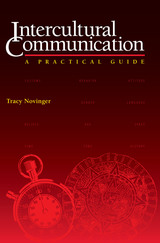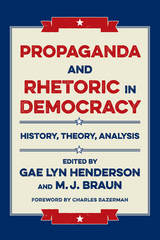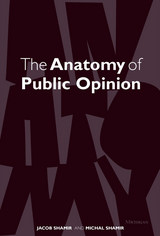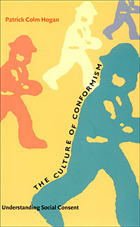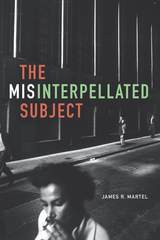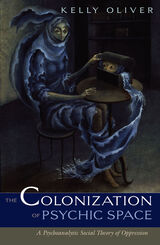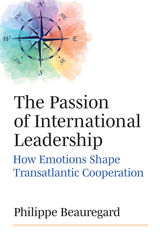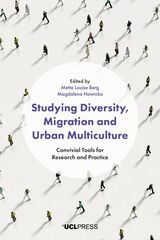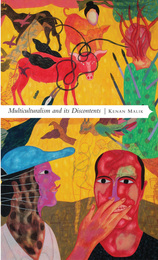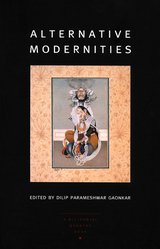Intercultural Communication: An Interdisciplinary Approach: When Neurons, Genes, and Evolution Joined the Discourse
Amsterdam University Press, 2017
Paper: 978-94-6298-541-4 | eISBN: 978-90-485-3651-1 (PDF)
Library of Congress Classification HM1211.N489 2017
Dewey Decimal Classification 303.482
Paper: 978-94-6298-541-4 | eISBN: 978-90-485-3651-1 (PDF)
Library of Congress Classification HM1211.N489 2017
Dewey Decimal Classification 303.482
ABOUT THIS BOOK | AUTHOR BIOGRAPHY | REVIEWS | TOC
ABOUT THIS BOOK
This book is an introduction to Intercultural Communication (IC) that takes into account the much neglected dynamic paradigm of culture in the literature. It posits that culture is not static, context is the driving force for change, and individuals can develop a multicultural mind.It is also the first IC textbook in the field that incorporates insight from evolutionary biology and the newly emerging discipline of culturalneurosciences. Such an interdisciplinary approach provides readers with new angles, encourages critical thinking, and sometimes challenges conventional knowledge in the field. The combination of the author's multiculturalacademic and journalistic background contributes to a balance of diverse perspectives and world views on cultural theories and discourses. The book is ideal for courses in Intercultural Communicationwith study cases, discussion topics and class activities.
See other books on: Cognition and culture | Communication and culture | Discourse | Intercultural communication | Social evolution
See other titles from Amsterdam University Press
